I just got out of a two day competition with The European Championships. After suffering through some serious leg cramp afterwards (which almost ruined my post-comp pizza), and then receiving multiple messages the following day from fellow competitors complaining of apparently life-ending DOMS, I’ve been driven to discuss Recovery. This short list is, by definition, not exhaustive, but rather a few of the notable the tips and tactics people have recommended to me or that I have tried myself to help with recovery after intense exercise.
- Heat Therapy
A warm bath, a hot water bottle, a heat pack, or one of those fabric bags you bung in the microwave that smell like Nanas; heat therapy feels instant and that’s why I like it. The science behind it is about warmth dilating blood vessels to aid blood flow and therefore loosen tight muscles, but being warm is psychologically super-relaxing and super-comforting, and feeling comfort is analgesic - ANALGESIC - it means having the effect of relieving pain.
Speaking of having the effect of relieving pain, I should probably mention Tiger Balm and other lotions and potions like Rock Sauce and Deep Heat. They aren’t actually ‘hot’, obviously, but irritate the skin so it feels warm. That sort of heat doesn’t penetrate for any real physiological effect, it just sort of masks or distracts from the pain. Smells good, though.
You could try a sauna or a hot tub or a steam room for all-over body heat too, but again, I think that’s going to be more about recovering emotionally than physically.
- Cold Therapy
Getting cold, or using cryotherapy, sounds utterly hideous to me. Don’t get me wrong, I’ve employed the RICE method (Rest, Ice, Compression Elevation) if I fear injury *ahem* rotator cuff *ahem*, but I have zero interest in cold showers and medicinal ice baths - Wim Hof I ain’t.
BUT, people love it. Exercise will result in microtrauma no matter what, but it’s when you overdo it that you’re risking injury. Cryotherapy is meant to help stop over-inflammation, which would then lower the risk of muscle overuse and injury. The coldness is supposed to flush out lactic acid, slow down physiological processes, and reduce swelling, but the magic really happens in the re-warming afterwards. Back to increased blood flow, the cozy comfort zone, the science-y analgesics.
The science behind daily cold showers is probably quite separate to recovery, but the Iceman is pretty fascinating, and if the stress-busting, immunity-building claims are true, then it could be worth a try. For you, I mean. I’m absolutely not doing it.
- Active Recovery (AR)
… Or ‘light exercise’, or ‘gentle movement’, or ‘easing back into it’. As opposed to stretching out and cooling down right after the exercise, I'm referring to the day(s) after your DOMS has taken hold, and just moving around a bit. That might be a walk, a swim, a jog - keeping the muscles in motion should provide a bit of relief and maybe stop you from feeling your entire body is seizing up. I’m a big fan of using AR because I don’t sit still very well. As with all these tips, the jury’s out science-wise as to whether AR or stretching actually really helps muscle soreness, but even if it’s only psychosomatic, I do rely on it quite heavily to get me back to feeling ‘normal’.
- Food and fuel
Ergh. Maybe this should come with a trigger warning or something, but there is some evidence that certain foods can help alleviate sore muscles. I am a coffee-fiend, so I often cite that study which found caffeine can cut the pain of DOMS in half as one of the reasons I neck it after training in the mornings. Leucine-rich foods like salmon, chicken, eggs, brown rice, and soy/whey protein powder will stimulate protein synthesis, so we’re looking at rebuilding muscles or fixing microtrauma caused by exercise with foods like that. And cruciferous vegetables like kale, spinach, broccoli, and sprouts are full of vitamins said to prevent inflammation. Lastly, a quick shout out to cherries - specifically tart cherry juice - which has got a chunk of evidence associated with its ability to reduce DOMS.
Stir fry and an iced americano with a cherry chaser after training? Rock n Roll.
- Meditation, contemplation, and reflection
I don’t know enough about the Central Nervous System to confidently go into the proper science of CNS Fatigue, but I do feel like the term gets thrown around a bit too easily when what’s really going on is a spot of overtraining. Which is not nearly as serious. Overtraining comes from overexertion, and can be rectified with a few days of good rest and good fuel. CNS Fatigue is a way bigger problem than just being a bit tired and takes a prolonged period of life alteration to overcome.
All that being said, slotting in some actual down time between training sessions is really important to aid recovery. I’ve only half-assed mediation before because of the whole not being able to sit still very well thing, but as it promotes a focused mind and encourages genuine physical relaxation, it’s been recommended to me loads of times.
I recently started journaling, which requires a decent level of concentration to do well… I think it’s probably as close to meditation as I’ll get on my own. I find that focusing on recording what’s going on in training (and life sometimes too) quite helpful. A wise man also just introduced post-competition reflection into my world too: Thinking about what went well, what didn’t go well, and learning from the experience to apply it next time. That activity, to me, is a valuable reason to factor in recovery time.
Follow Libby Bearman on Instagram: @LiftLikeLibby


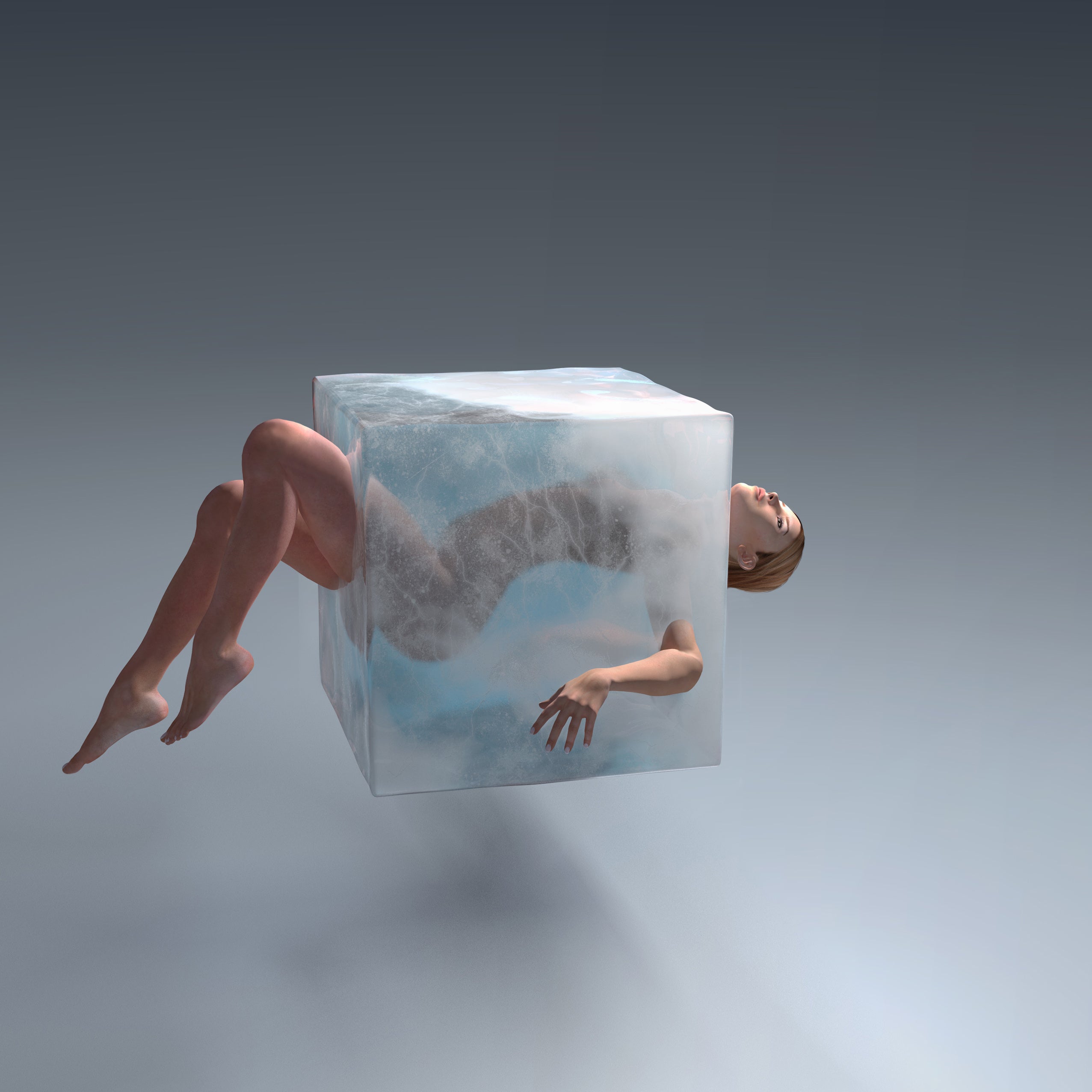

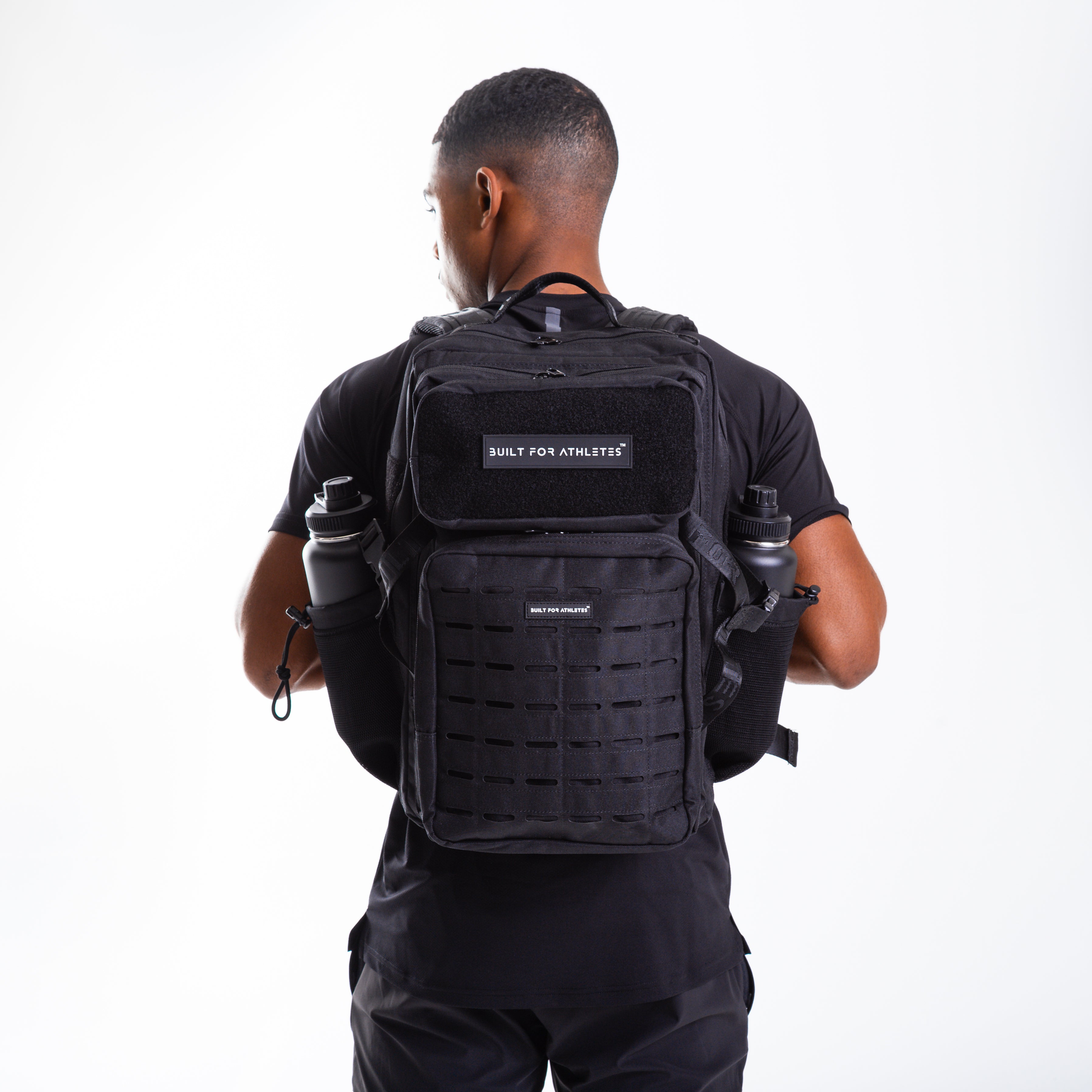
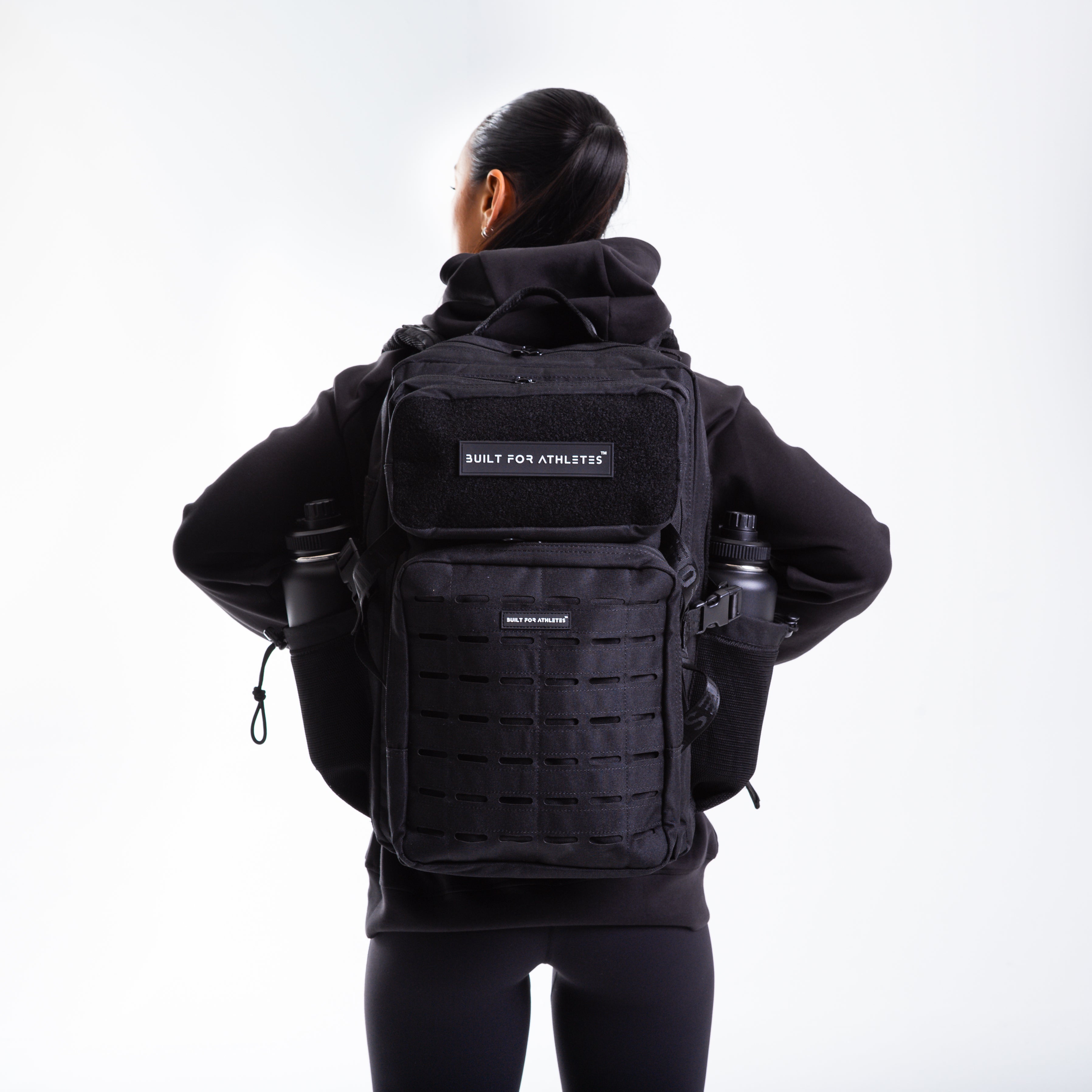
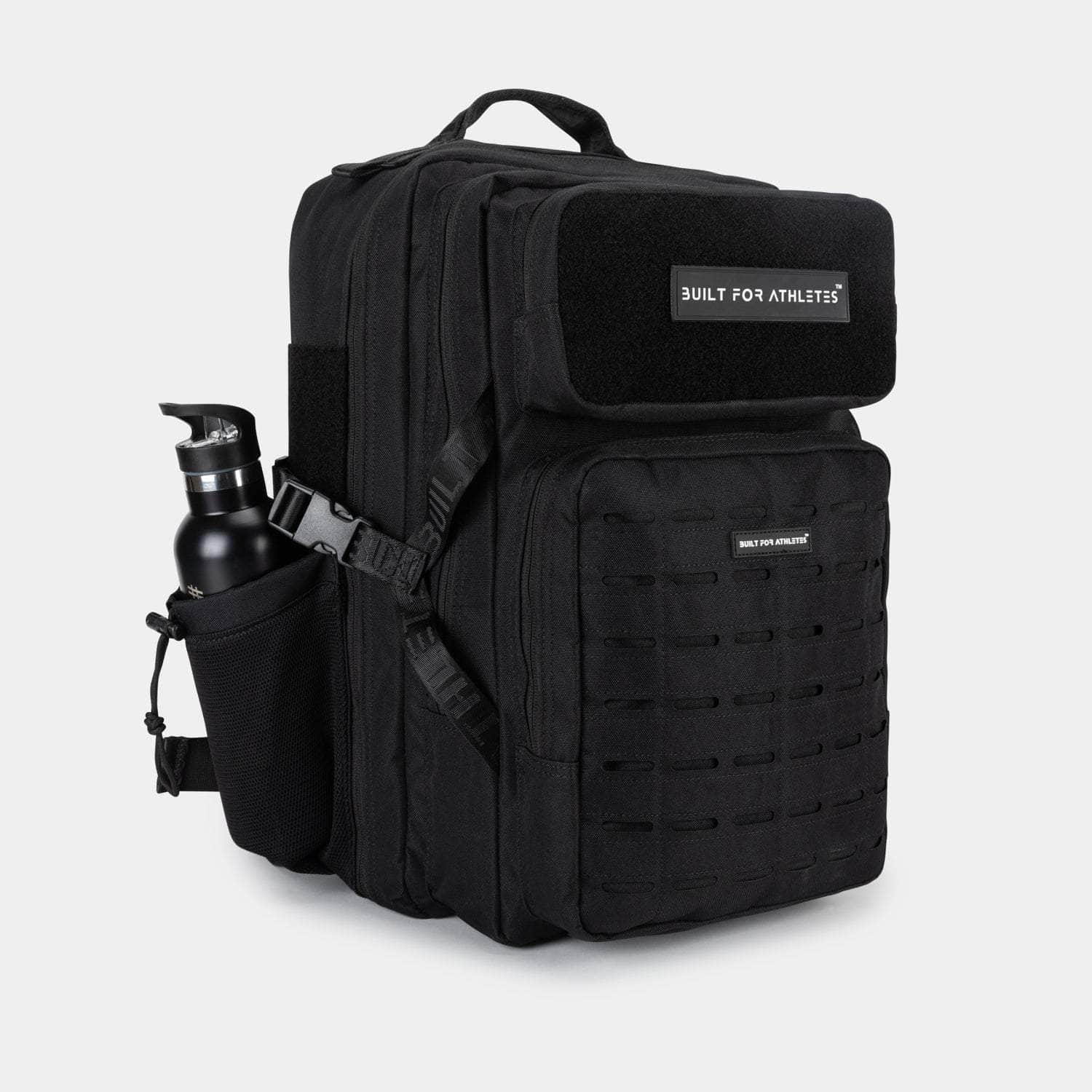





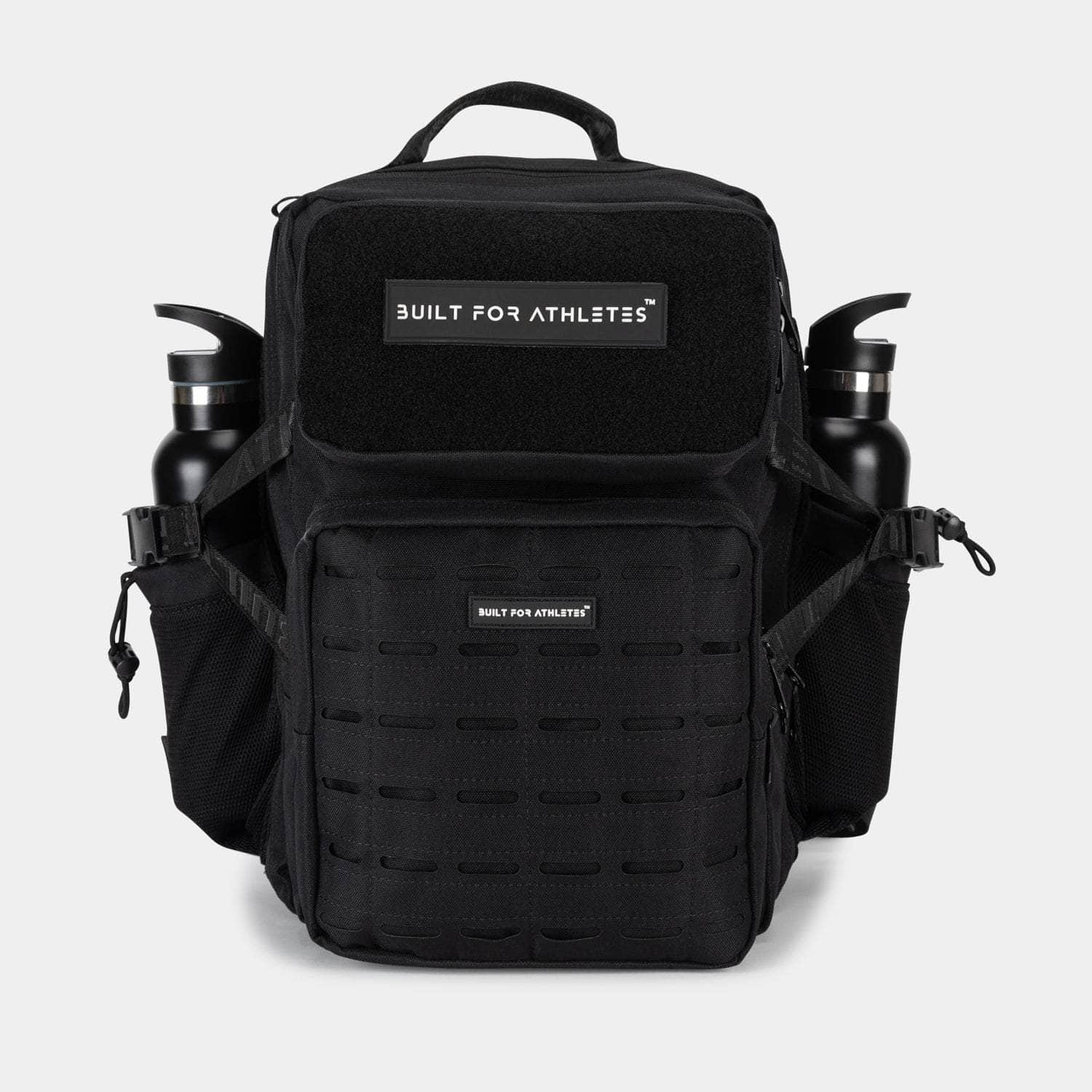


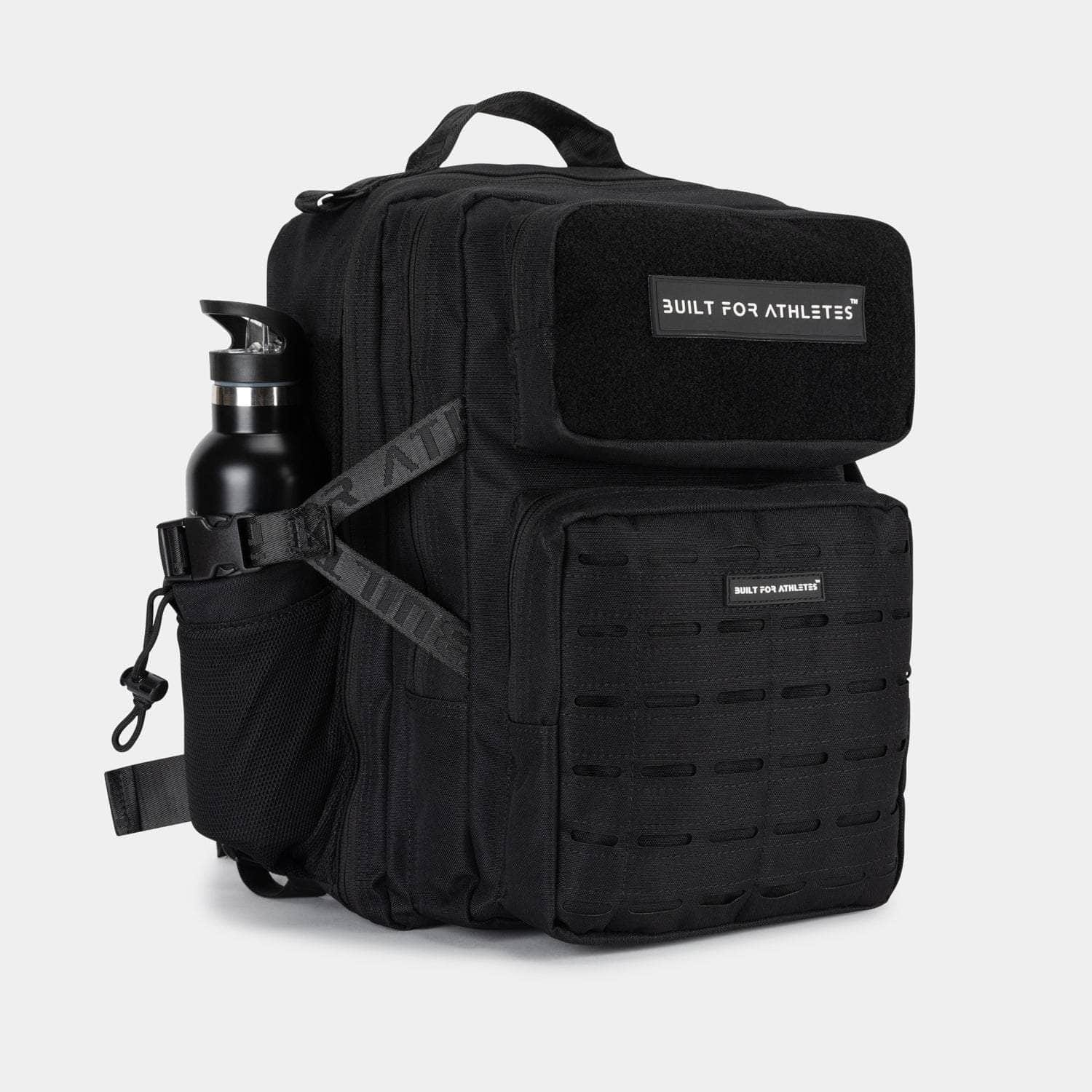



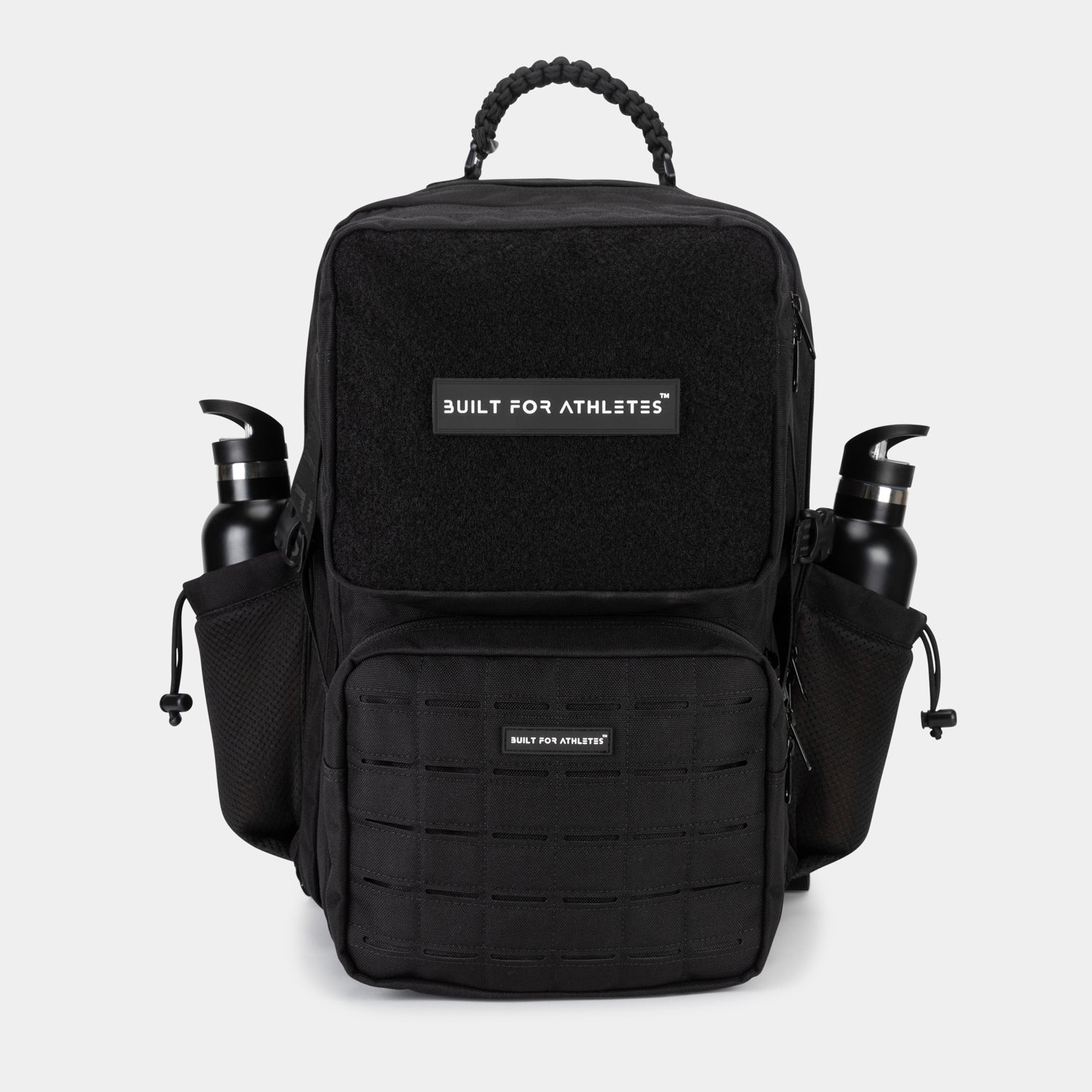

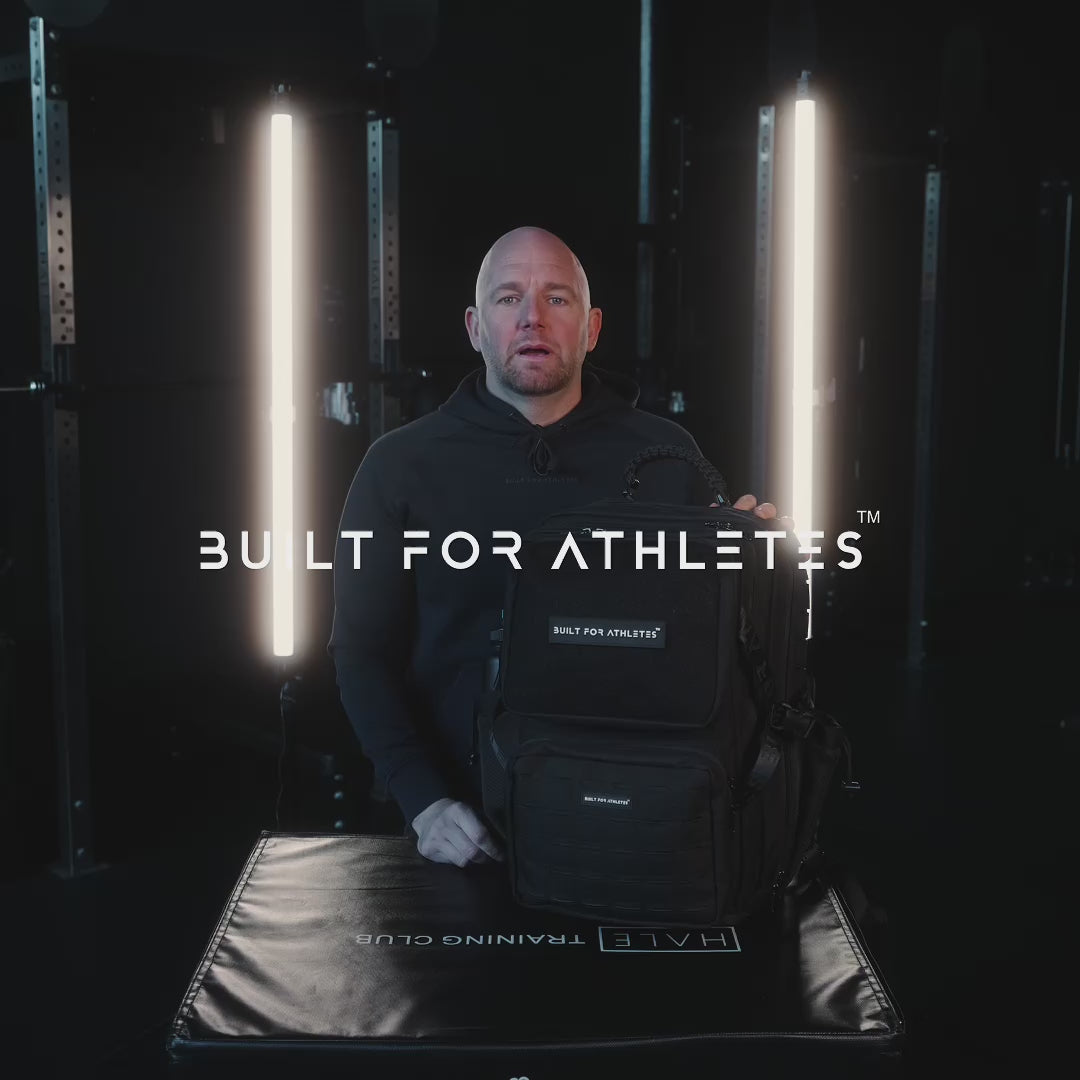









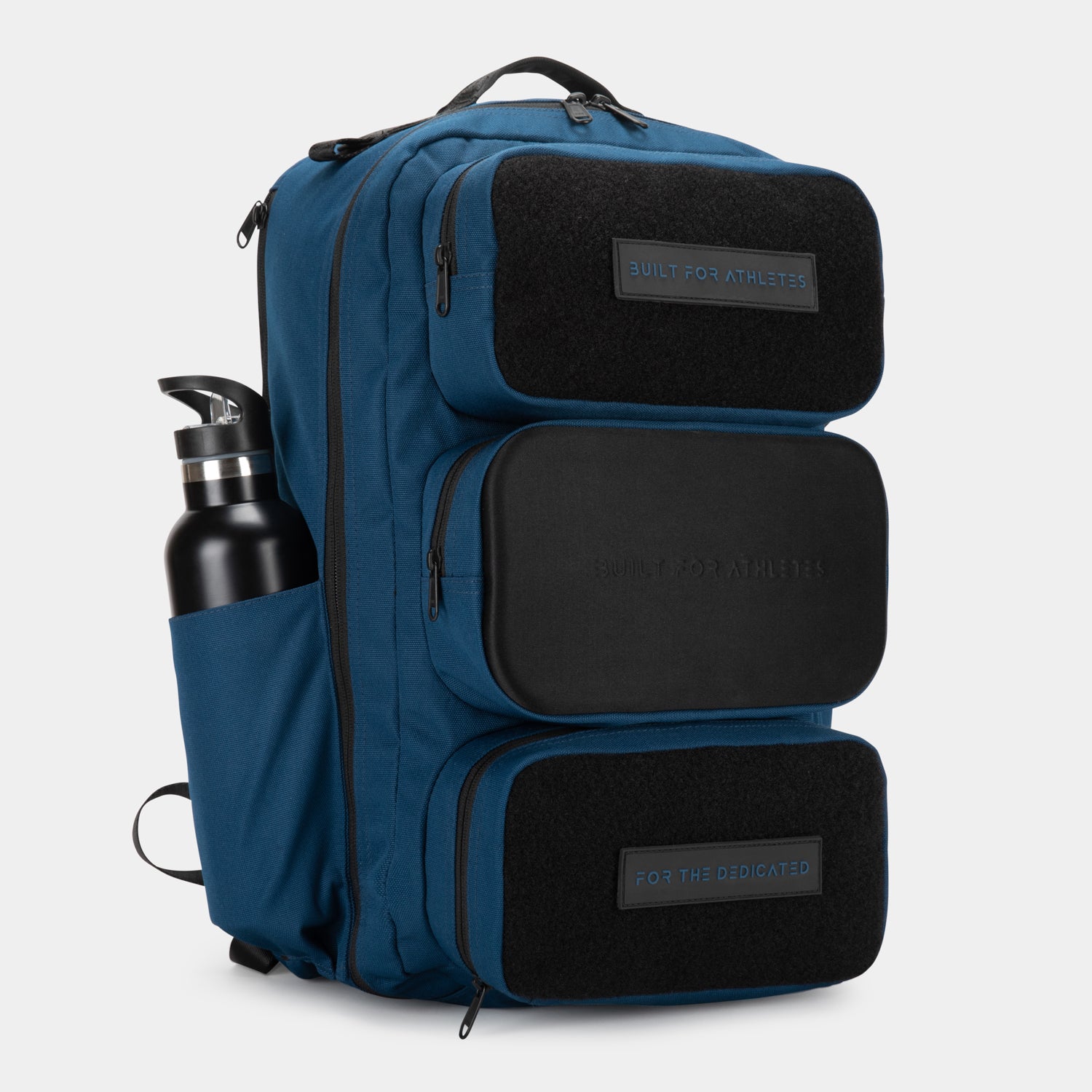







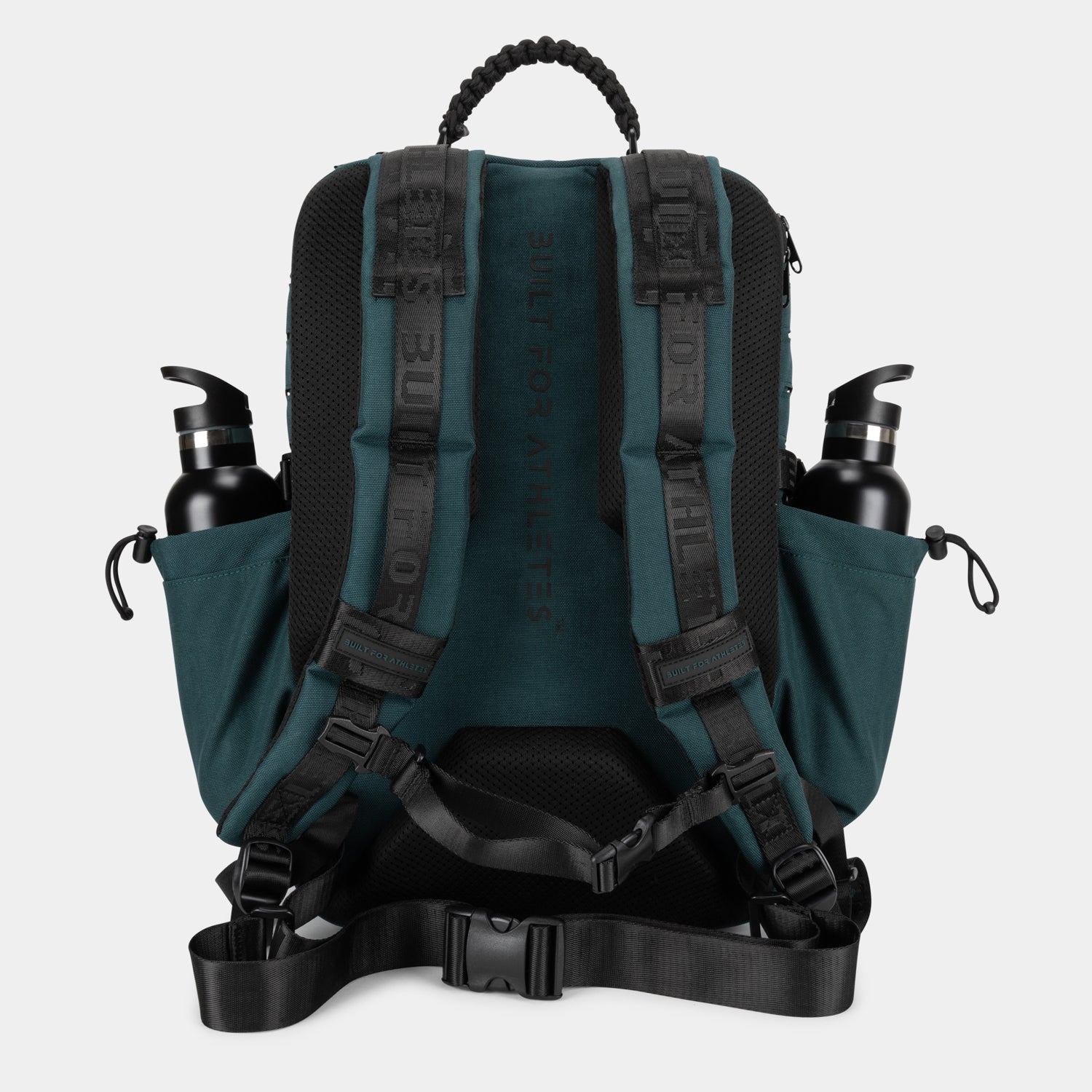
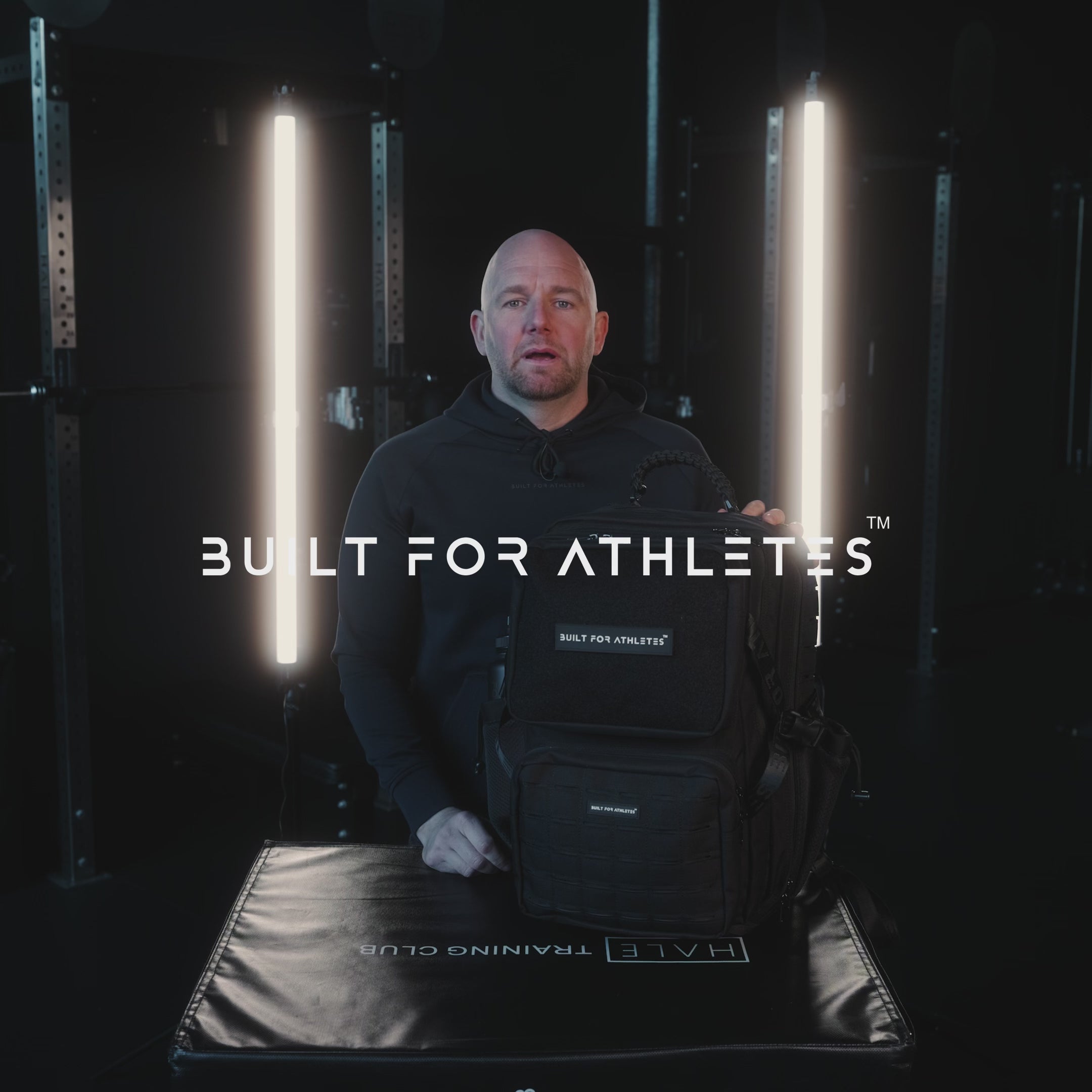
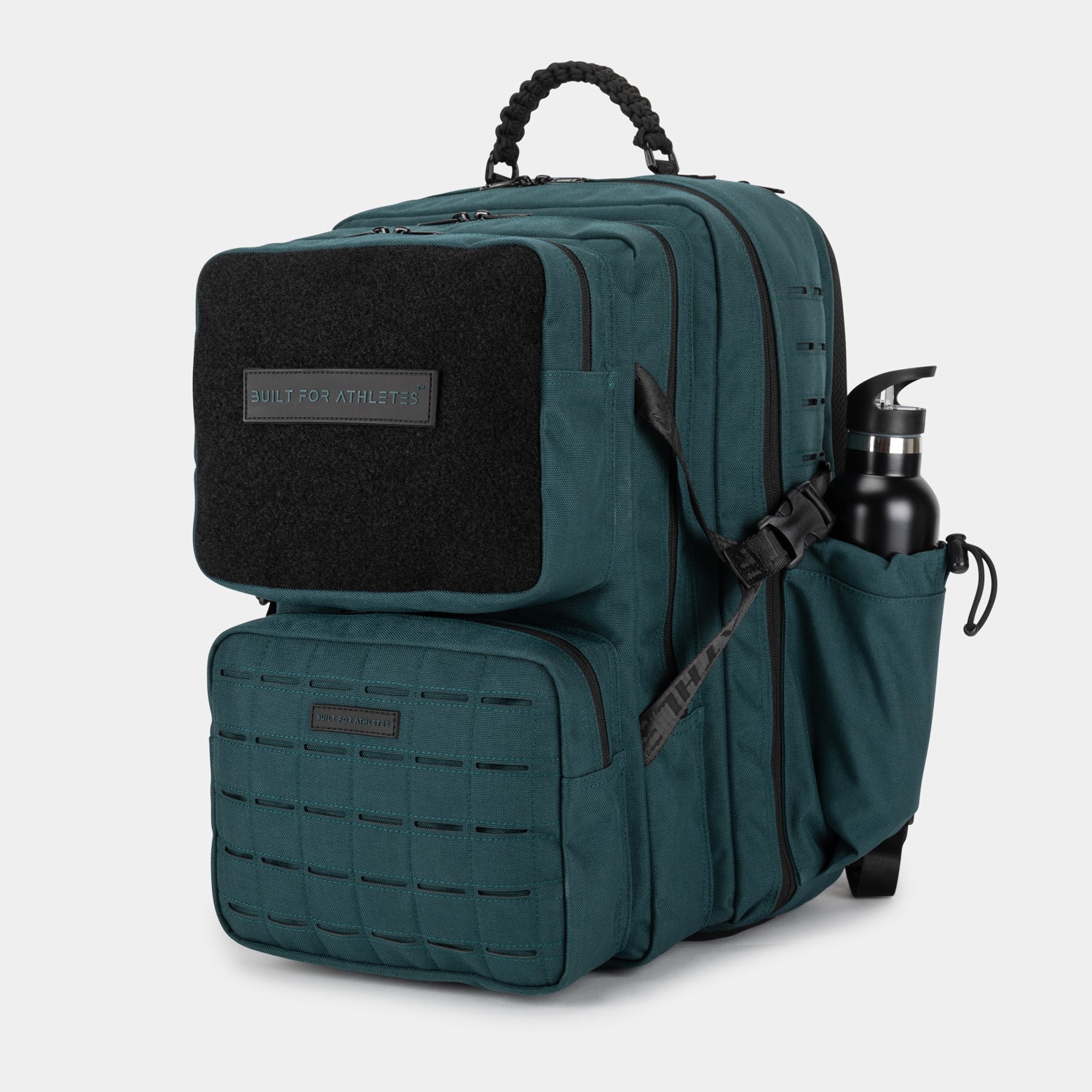
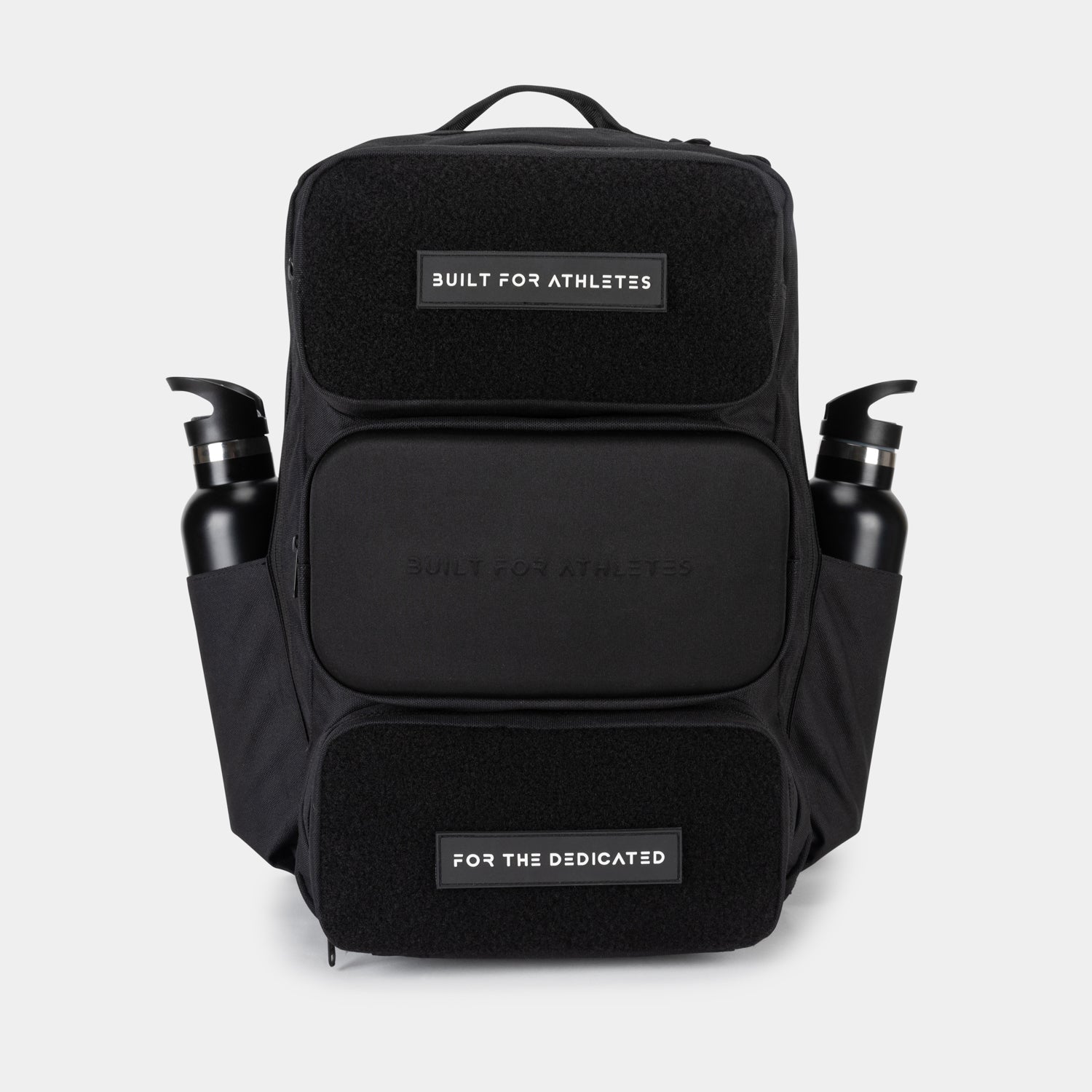
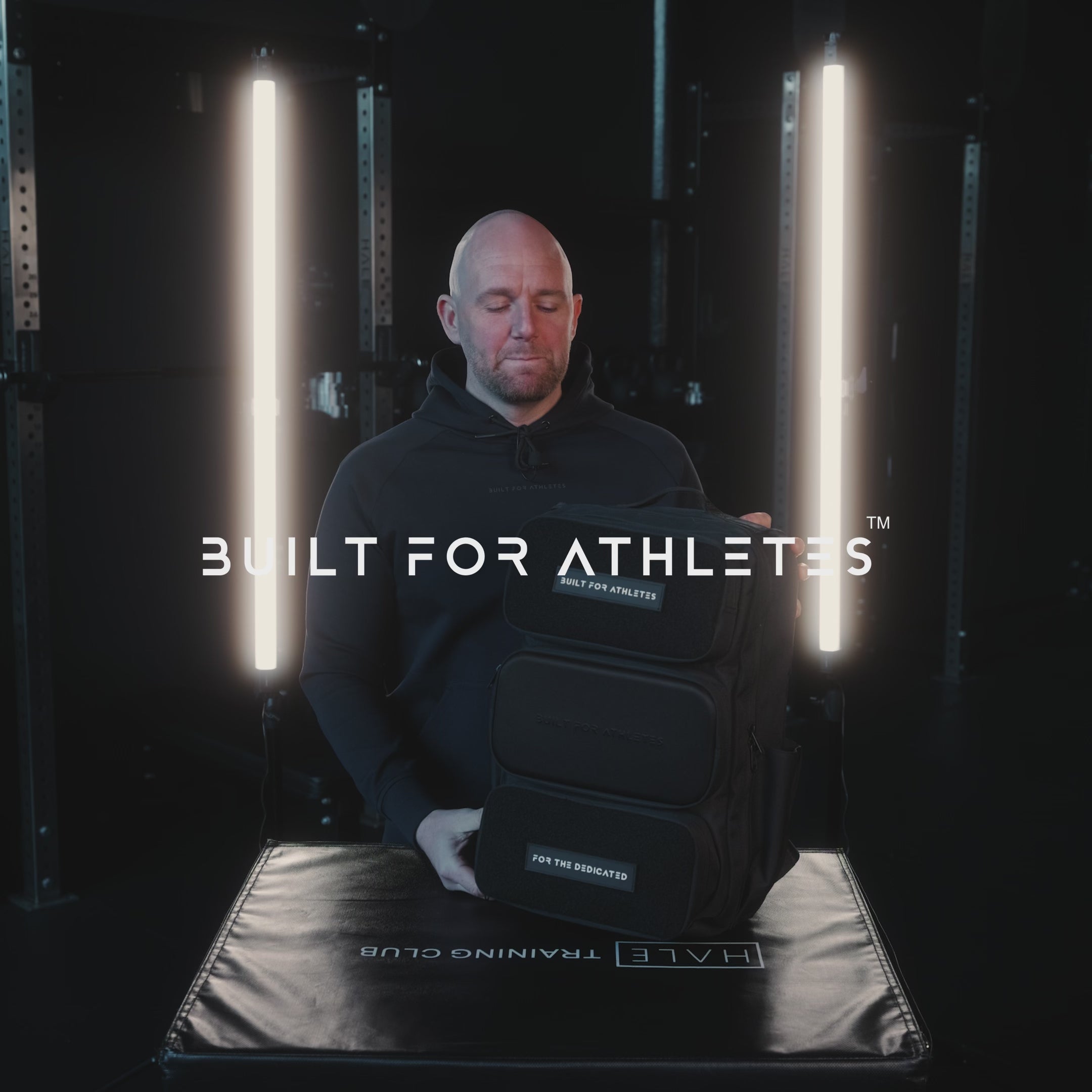
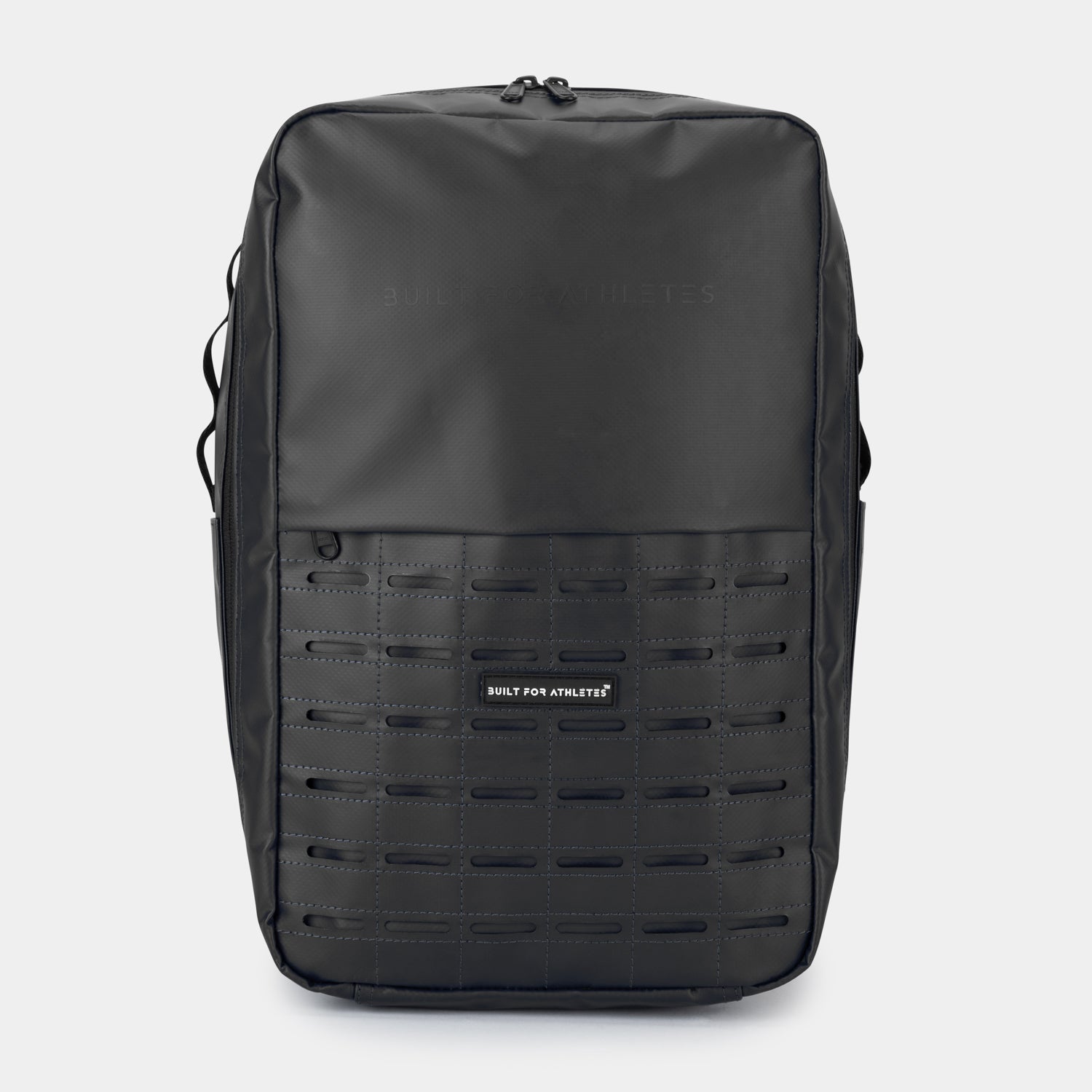
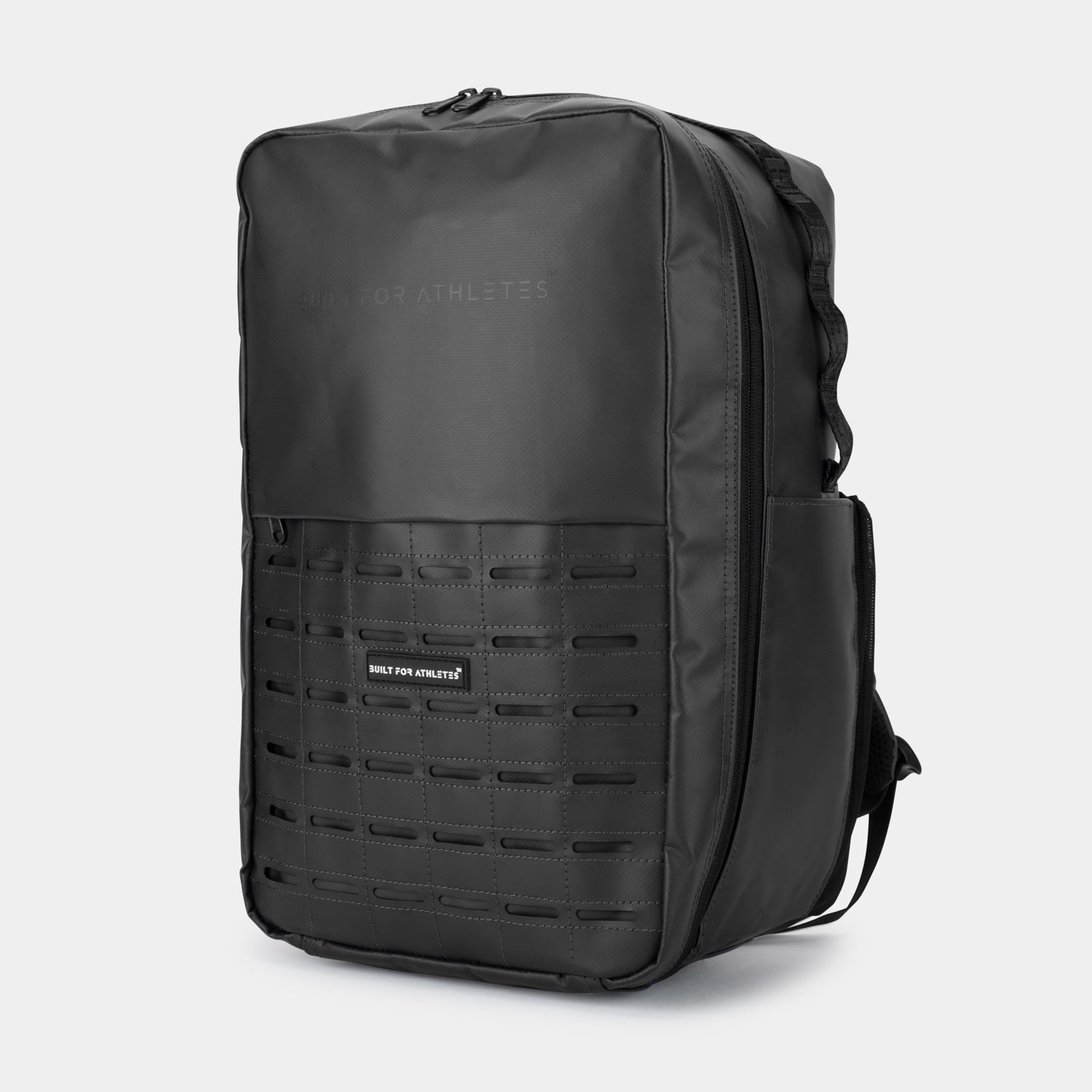





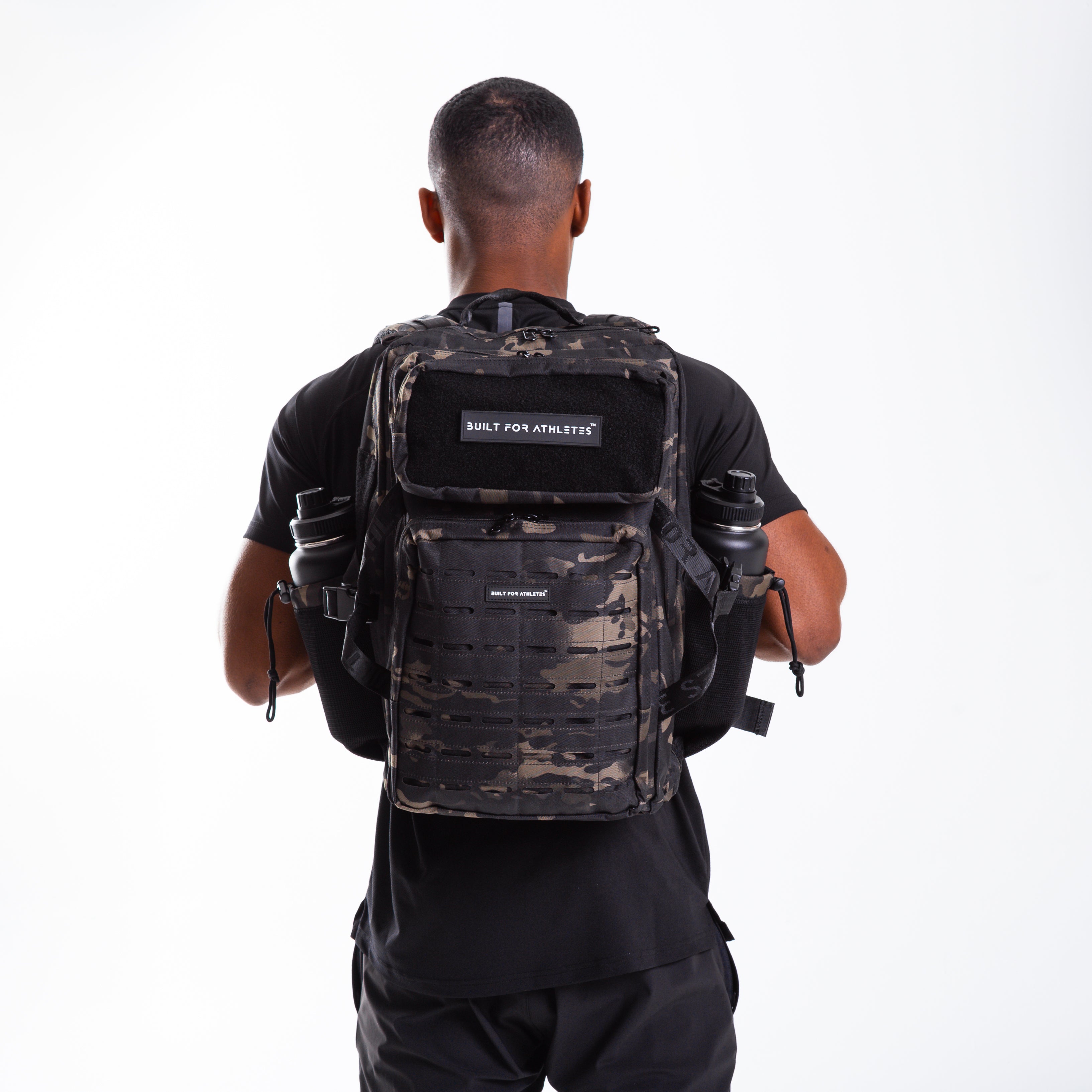

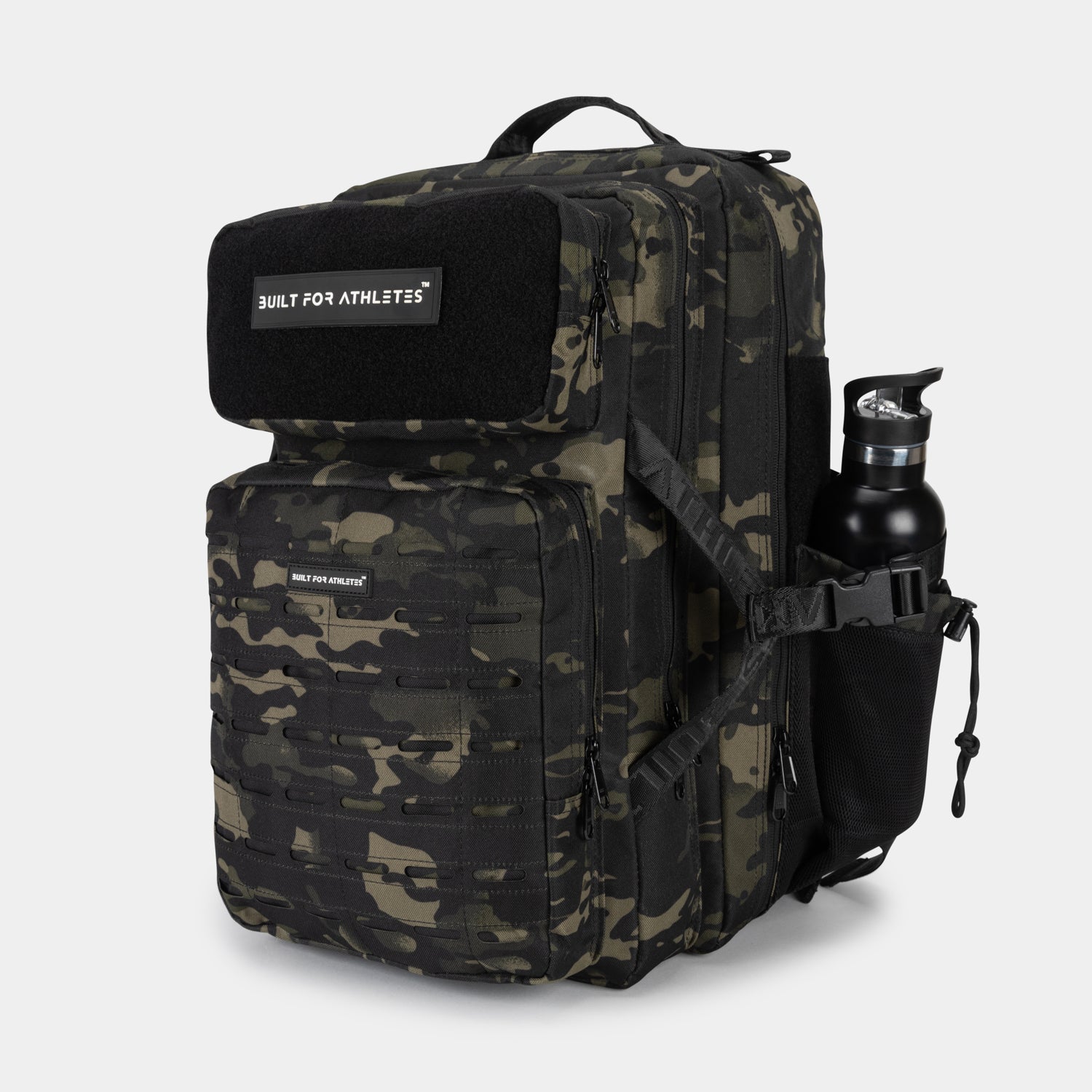
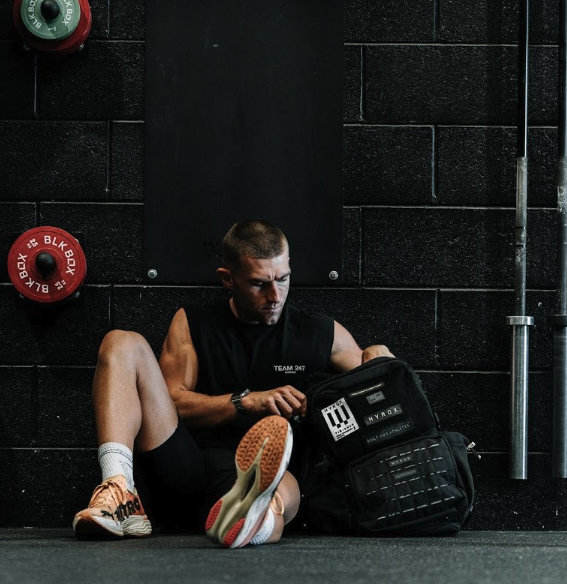
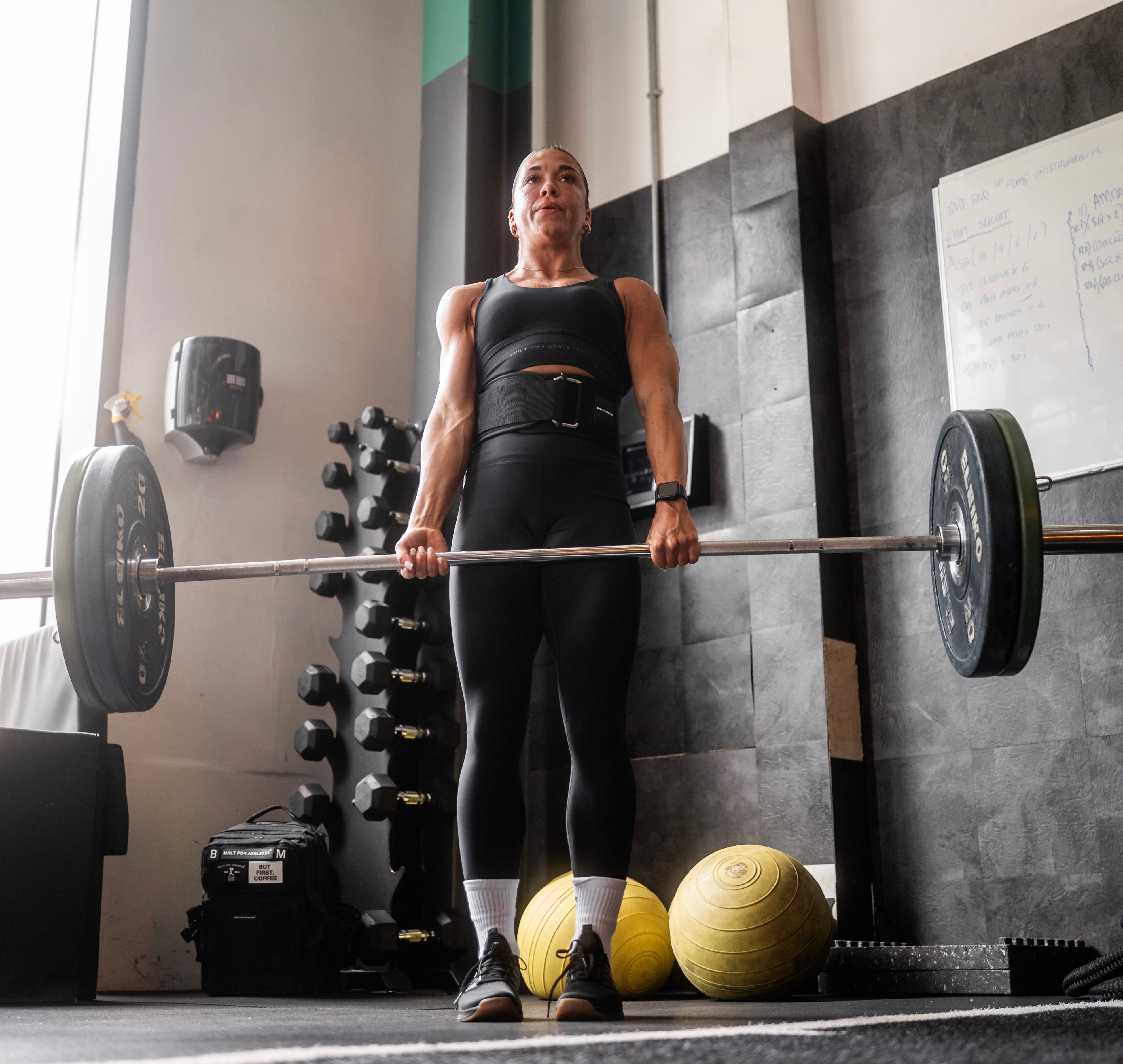
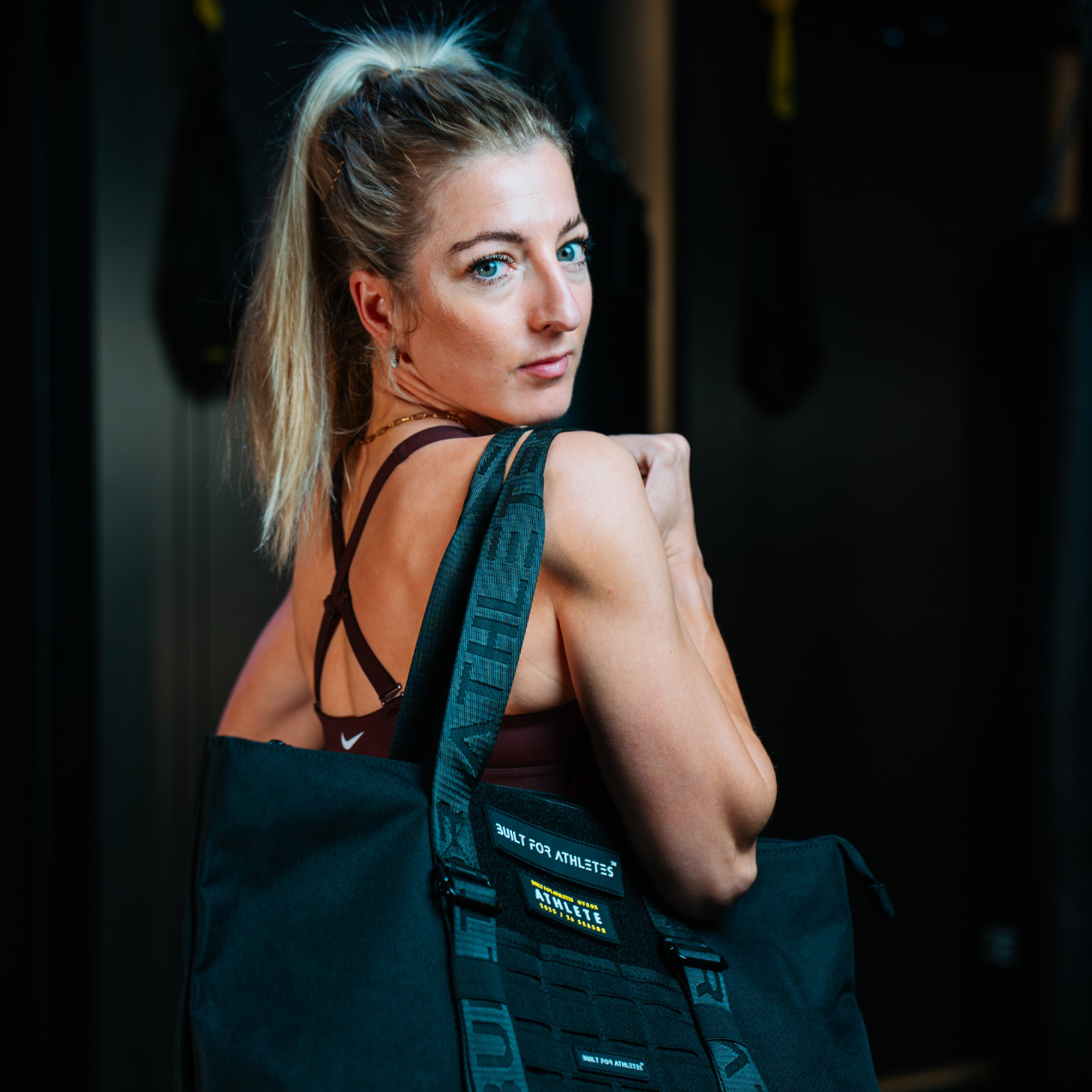
Share:
How to Peak/Prep For A Competition by Tara Jenkins
How Accurate Are Wrist-Based Heart Rate Monitors?